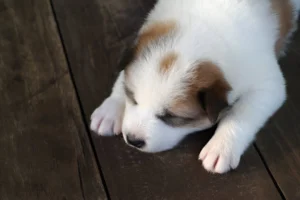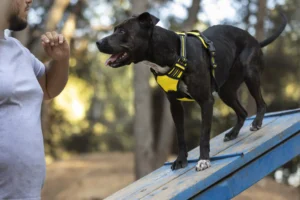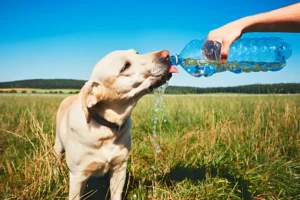Dehydration and Hunger: How Long Can a Dog Go Without Food and Water?
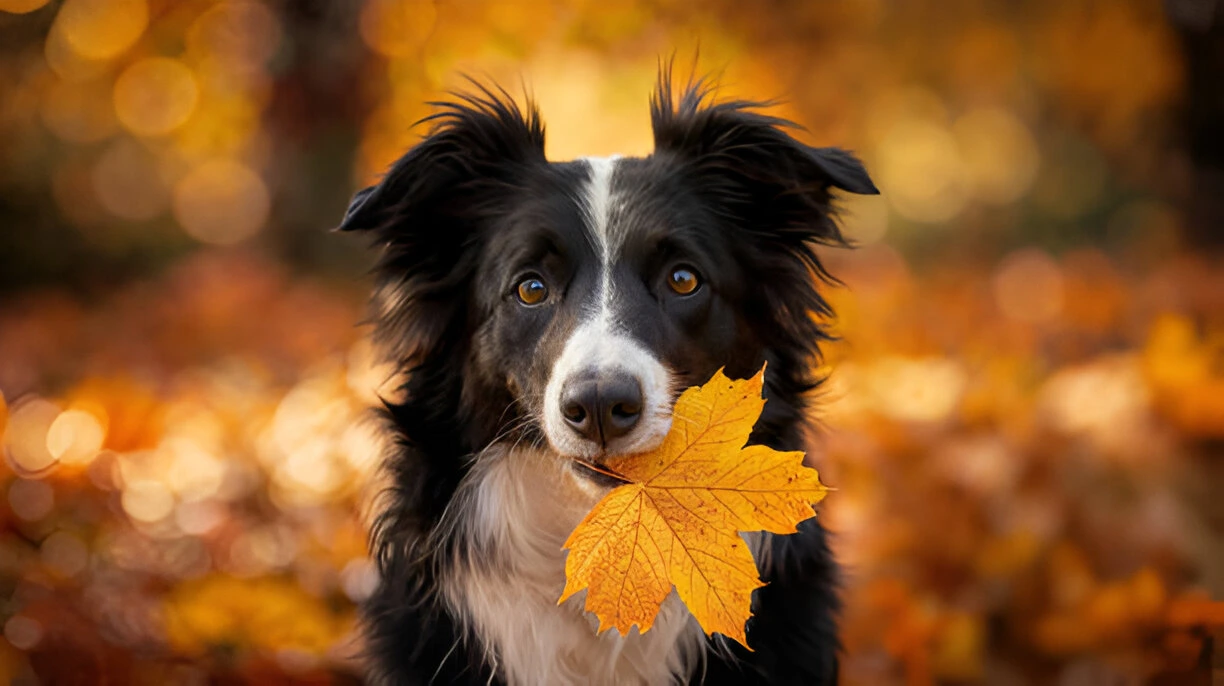
So, how long can a dog go without food and water? Well, this is a big question for any dog owner, especially if you’re noticing that your dog isn’t eating or drinking like they usually do. While dogs are pretty tough, how long they can survive without these basics totally depends on stuff like their age, health, size, and even where they are (like if it’s super hot outside). They can go for about 3-5 days without food, but water? That’s a whole different story. Most dogs will show signs of dehydration in just 1-2 days. Knowing these timelines can really help you take action before it’s too late for your furry friend.
How Long Can a Dog Go Without Food and Water?
Dogs are resilient animals, but their survival without food and water has limits. Most dogs can go without food for about 3-5 days, though their energy and health will start to deteriorate during this period. Water is far more critical—dogs typically survive only 1-3 days without hydration, as dehydration quickly affects vital organs. Factors like age, size, health, and environmental conditions can influence these timelines. It’s essential to recognize warning signs like lethargy or dehydration early to prevent life-threatening conditions.
Importance of Food and Water for Dogs
Food and water are pretty much the backbone of a dog’s health. Food gives them the energy to run, play, and do all the things dogs love. It also helps their bodies repair, grow, and fight off illness. But water is actually even more important. It helps with everything—from digestion to keeping their organs working right. Without enough water, a dog can really suffer—dehydration can lead to kidney failure and other serious problems. So, making sure they’ve got good food and clean water is super important.
Factors Affecting Survival Without Food and Water
A bunch of things can change how long can a dog go without food and water:
- Age and Size: Puppies and small dogs usually need more food and water ‘cause their bodies burn energy faster. Bigger dogs or older dogs might last a little longer without food.
- Health: Sick dogs or dogs that are already underweight won’t last as long without food or water as a healthy dog would.
- Environment: If your dog’s in a hot climate or is super active, they’ll lose water faster and need more hydration.
- Activity Levels: Dogs that love to run around burn energy and lose fluids quicker, meaning they need more food and water.
How Long Can a Dog Go Without Food?
Okay, so dogs can generally survive for about 3 to 5 days without food. But that’s not some hard and fast rule—each dog’s different. When a dog doesn’t eat, their body starts using up fat and muscle to keep going. After a few days, that can cause some pretty serious issues with their organs. So, don’t let them go too long without food—it’s risky.

Factors That Influence Survival Without Food
- Size and Breed: Bigger dogs with more fat reserves can last longer without food. Small dogs or breeds with fast metabolisms might run out of energy quicker.
- Health and Age: Older dogs or puppies can’t go as long without food because their bodies are weaker. Dogs with health problems like diabetes also struggle more without food.
- Activity Levels and Environment: Super active dogs or dogs in hot environments need more food and water to keep up with their energy loss.
Signs of Malnutrition in Dogs
If your dog has gone without food for too long, there are some signs to watch for:
- Weight Loss: You’ll notice their bones sticking out more.
- Lethargy: They’ll be super tired and won’t want to move around.
- Weakness: They may have trouble standing or walking.
- Digestive Problems: They might start vomiting or have diarrhea.
- Coat Issues: Their fur could get brittle, and their skin might develop sores.
- Behavior Changes: Some dogs get moody or even depressed.
How Long Can a Dog Go Without Water?
Water is a total game-changer. It’s way more urgent than food because dogs can’t survive long without it. Dehydration messes up their organs and can cause them to shut down fast.
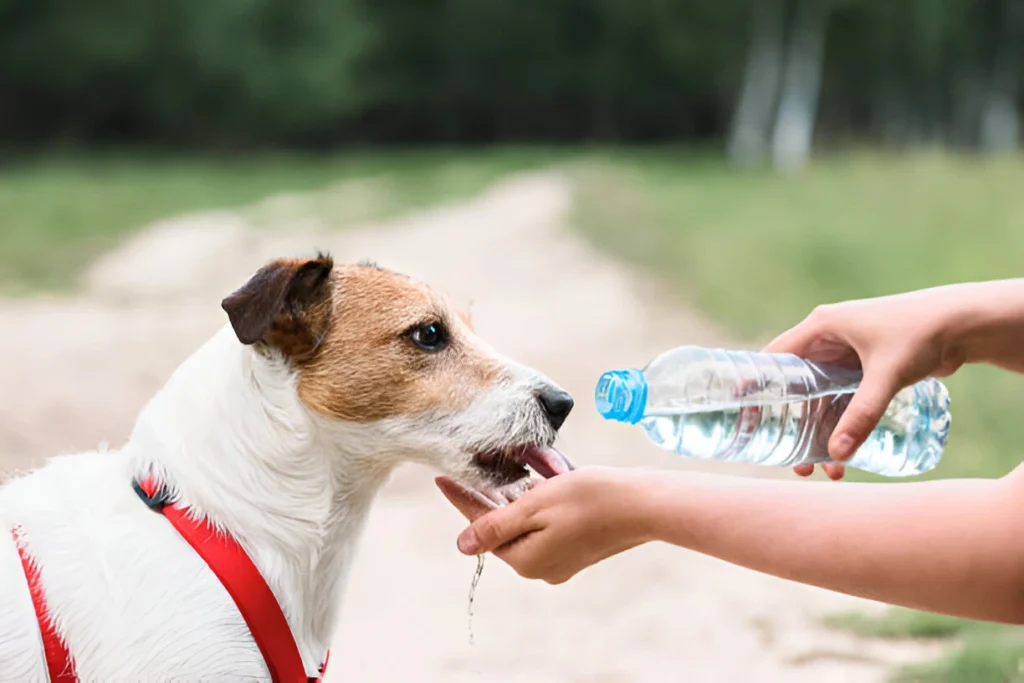
Survival Time: Typically 1-3 Days Without Water
If a dog doesn’t have water, they can usually survive for 1-3 days. It can be as short as 1 day depending on their size, age, and what the weather’s like. Some dogs can stretch it to 4 days, but that’s pushing it, and you’re risking some serious health issues.
Symptoms of Dehydration
Dehydration is no joke, and there are signs you need to watch for:
- Lethargy: They’ll be sluggish and not as active as usual.
- Sunken Eyes: Their eyes might look hollow or dry.
- Dry Gums: If their gums feel sticky or dry, that’s a red flag.
- Panting: Rapid breathing is a sign their body’s trying to cool down.
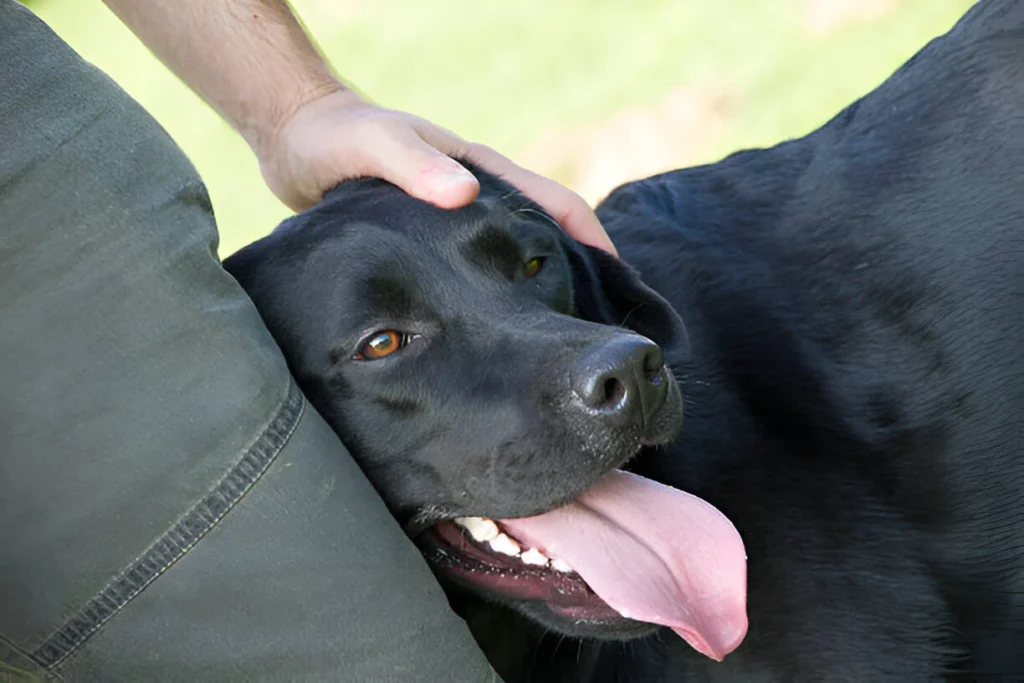
If dehydration gets too bad, they can collapse or get confused, which is really scary.
Risks of Prolonged Dehydration
If a dog goes too long without water, things can get really bad, like:
- Organ Failure: Their kidneys and liver are at high risk.
- Electrolyte Imbalance: This messes up their heart and muscles.
- Shock: They could go into shock from low blood pressure, which can be fatal.
Causes for a Dog Refusing Food and Water
There are lots of reasons a dog might stop eating or drinking, like:
- Medical Issues: If they’re sick or in pain, they might refuse food or water. Conditions like kidney disease or dental issues can make it hard for them to eat.
- Gastrointestinal Problems: Stomach issues like bloating, vomiting, or diarrhea can make them uncomfortable, causing them to skip meals or water.
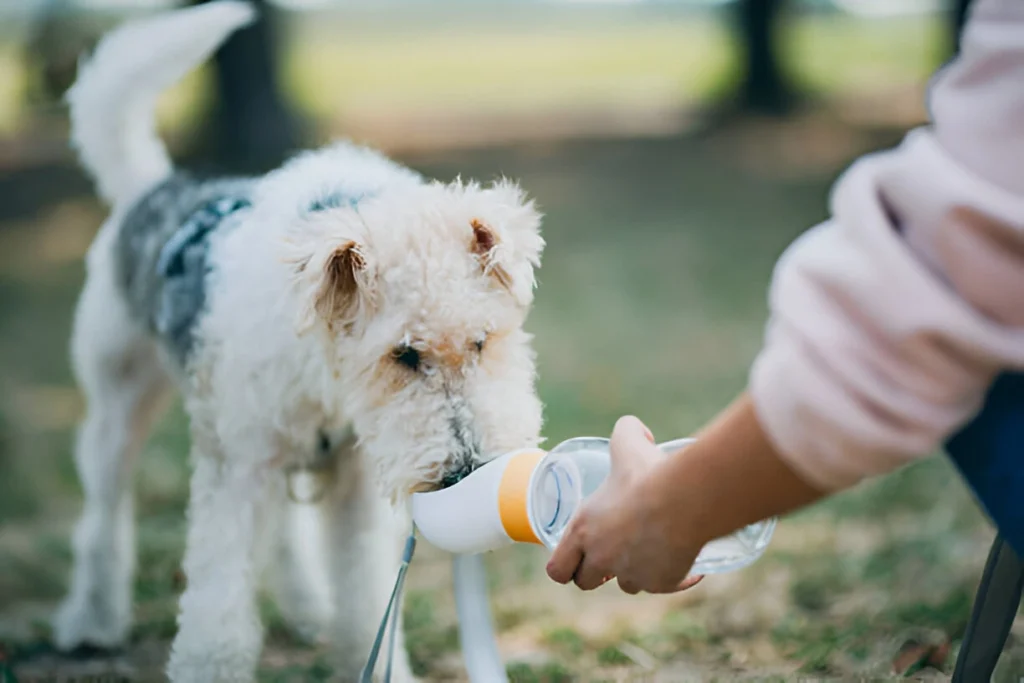
Behavioral or Environmental Causes
- Stress or Anxiety: Dogs get stressed too. Big changes, like moving to a new home or meeting a new pet, can make them lose their appetite.
- Changes in Routine: Dogs like routine. If their food or water bowl changes or they don’t eat at the same time every day, they might get confused and stop eating or drinking.
When to Seek Veterinary Help
If your dog hasn’t eaten or drunk anything for over 24 hours, that’s a big warning sign. If you also notice dehydration or extreme tiredness, you need to get them to the vet fast.
Tips to Encourage Eating and Drinking
- Switch to Wet Food or Add Broth: Wet food is easier to eat and might smell better, which can tempt picky eaters. You can even try adding broth to their food.
- Always Provide Fresh Water: Make sure there’s always fresh water around. Change it daily and clean their bowl to keep things sanitary.
- Stick to a Consistent Feeding Schedule: Dogs love routine. If they eat at the same time every day, it’ll help them stay on track.
- Limit Treats: Too many treats can make them picky about their regular food, so save them for special occasions.
Preventive Measures
- Regular Vet Check-Ups: Make sure to take your dog to the vet regularly to catch any health problems early.
- Balanced Diet and Hydration: Feed them quality food and make sure they always have access to water. Keep an eye on how much they’re eating and drinking every day.
Conclusion
If your dog’s not eating or drinking, don’t wait too long to step in. The sooner you catch the issue, the better, because dehydration and malnutrition can be dangerous fast. Watch for any signs that something’s wrong, and get your dog to the vet when you need to. Keeping their food and water levels up is key to keeping them happy and healthy!

